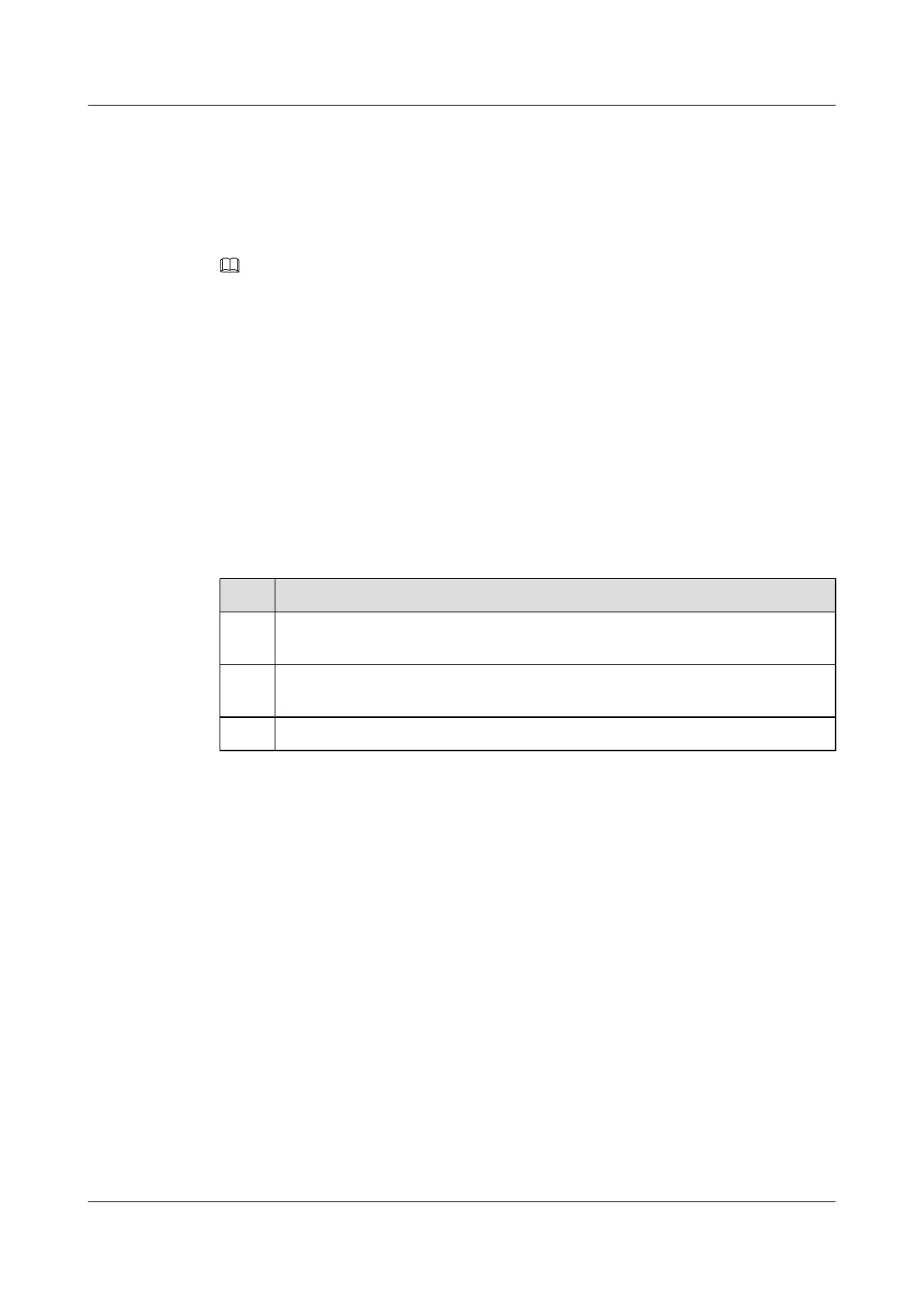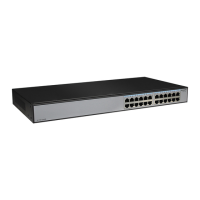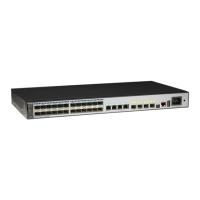large amount of data to be lost. As a result, the requirement for high reliability of carrier-class
networks cannot be met.
BFD for BGP can be used to reduce packet loss and delay. BFD for BGP detects faults on links
between BGP peers within 50 milliseconds. The fast detection speed ensures fast BGP route
convergence and minimizes traffic loss.
NOTE
By default, a multi-hop BGP session is established between Huawei devices that set up an IBGP peer
relationship. A BFD for IGP session and A BFD for IBGP session cannot be both set up between a Huawei
device and a non-Huawei device that sets up a single-hop BGP session with its peer by default. In such a
situation, setting up only A BFD for IGP session or A BFD for IBGP session between the Huawei and non-
Huawei devices is recommended.
Pre-configuration Tasks
Before configuring BFD for BGP, complete the following task:
l Configuring Basic BGP Functions
Data Preparation
To configure BFD for BGP, you need the following data.
No.
Data
1 IP address of the BGP peer or name of the peer group for which BFD needs to be
configured
2 BFD parameters, including the minimum and maximum intervals for receiving BFD
packets, Wait-to-Restore (WTR) time of a BFD session, and the detection multiplier
3 Name of the VPN instance for which BFD needs to be configured
Procedure
Step 1 Run:
system-view
The system view is displayed.
Step 2 Run:
bfd
BFD is enabled globally.
Step 3 Run:
quit
Return to the system view.
Step 4 Run:
bgp as-number
The BGP view is displayed.
S6700 Series Ethernet Switches
Configuration Guide - IP Routing 7 BGP Configuration
Issue 01 (2012-03-15) Huawei Proprietary and Confidential
Copyright © Huawei Technologies Co., Ltd.
436

